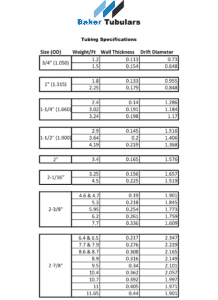CASING AND TUBING
Baker Tubulars supplies casing and tubing to the United States and Canada.
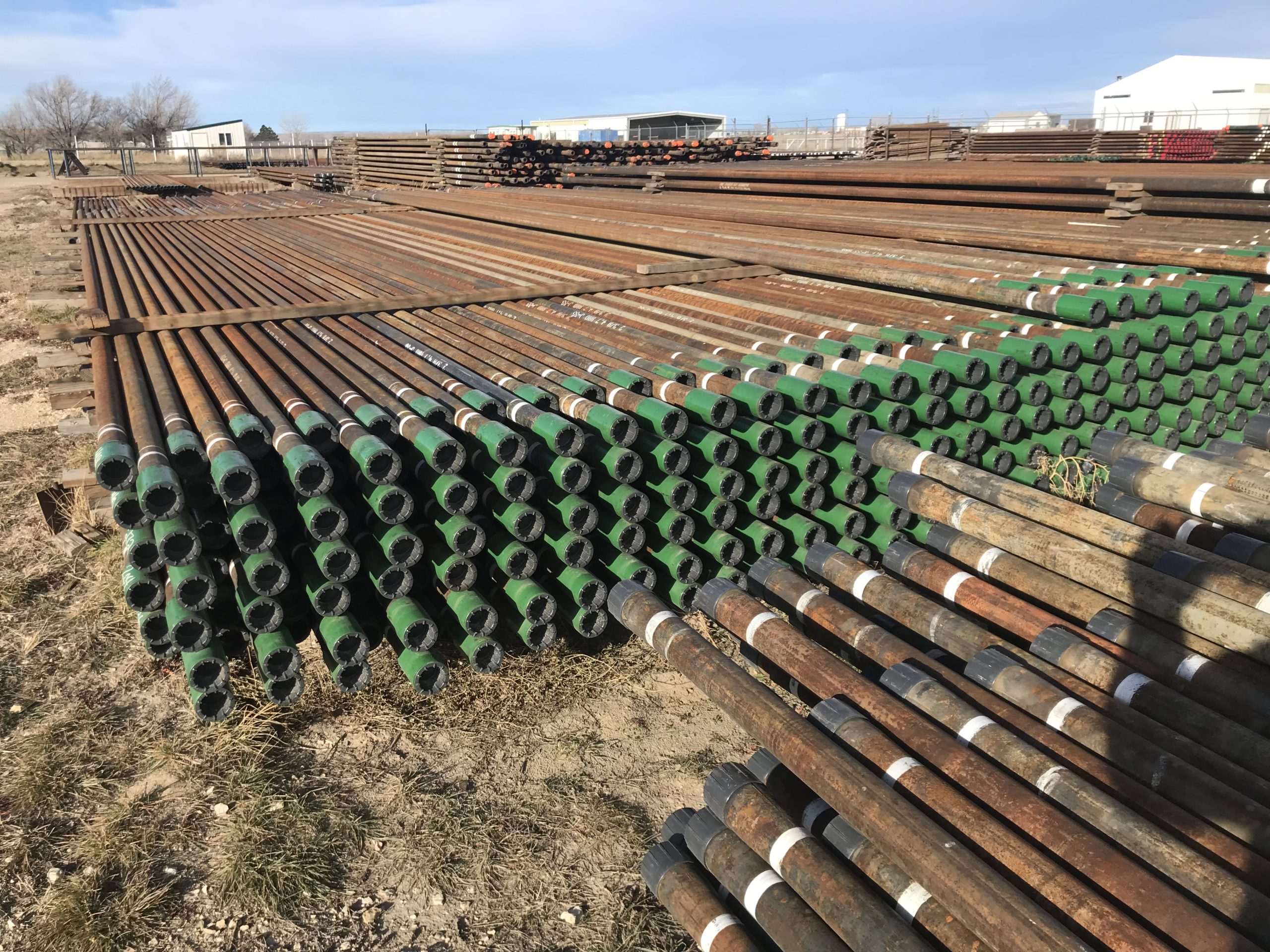
Casing and tubing can also be known as OCTG in the oil and gas industry.
OCTG are new and used pipe products, such as casing, tubing, drill pipe, line pipe, structural pipe, and more, which are used in the production of oil and gas, as well as, other applications in many industries.
Baker Tubulars supplies casing and tubing throughout the United States and Canada. You can also buy casing and tubing with delivery or pick-up options.
What is casing and tubing?
Casing:
Casing is used for lining the complete borehole which has been dug into the ground to procure oil. Similar to the drill pipe, the oil well casing pipe is also subjected to axial tension, therefore they are required to be made from high-quality strong steel material. Casing is large diameter pipe which is held in place in the borehole using cement.
The diameters of casing pipe range from 4.5″ to 36″. The well-cemented pipe acts as the structural component of the well and offers hole integrity. It prevents the well from collapsing when the drilling process is on. Good quality, well cemented casing can stay in place for the whole life of the well.
The oil well casing pipe is further divided into:
- Conductor Casing – Conductor casing is the first boundary between the surface and the subsurface. It helps prevent well collapse, keeps away the groundwater, and most importantly provides structural support. Conductor casing is installed in the ground by either drilling it or hammering it down. It is available in sizes ranging from 18″ to 36″.
- Surface Casing – The purpose of surface casing is primarily environmental and to ensure safety. It helps in separating the freshwater zones, offers protection from blowout, and supports the wellhead and blow out prevention (BOP) equipment. Therefore surface casing is required to maintain very high safety standards. It is responsible for supporting the next casing in line. It may vary in size depending on the purpose, but the most common size of surface casing is 13 3/8”.
- Intermediate Casing – Intermediate casing is not always required in all types of oil and gas production. If used, it is placed between the surface and the production casing. It is available in sizes ranging from 13 3/8” to 16”.
- Production Casing – Production casing helps provide structural integrity and pressure control of the hydrocarbon-bearing sections, mainly during the production of oil.
- Production Liner – Production liners can be suspended from the production casing or one of the previous casings. They help in reducing the cost significantly as the liner is not required to run through the full depth of the well. Liners can be pre-perforated to help save time and cost.
The oil well casing is subject to high axial tension because of the external pressure received from the rocks surrounding it and the internal pressure during the oil extraction. A well-cemented casing can be very useful in the drilling process in several ways:
- Holds the drill string, preventing the unstable upper formation from caving in
- Helps the prevention of contamination of water well zones
- Provides an even, internal bore for easy installation of the production equipment
- Helps prevention of the contamination of production zones
- Helps prevention of fluid (oil) loss
- Helps seal off the high-pressure zones from the surface of the earth
Tubing:
Oil well tubing pipe is inserted inside the wellbore through the oil well casing pipe, which helps the transportation of the hydrocarbons to the surface. It is pipe either used for transporting natural gas or crude oil to the facilities for further processing after the drilling is complete. Similar to the drill pipe and casing, tubing is subjected to high pressure during the extraction process, and needs to be thick, strong, and sturdy. Production tubing is available in various sizes ranging from ¾” to 4 ½”.
The oil well tubing protects the oil well casing from wear and tear due to corrosive fluids, sand, paraffin etc. Tubing can be replaced in case of damage, which is not possible with oil well casing.
Casing and Tubing For Sale
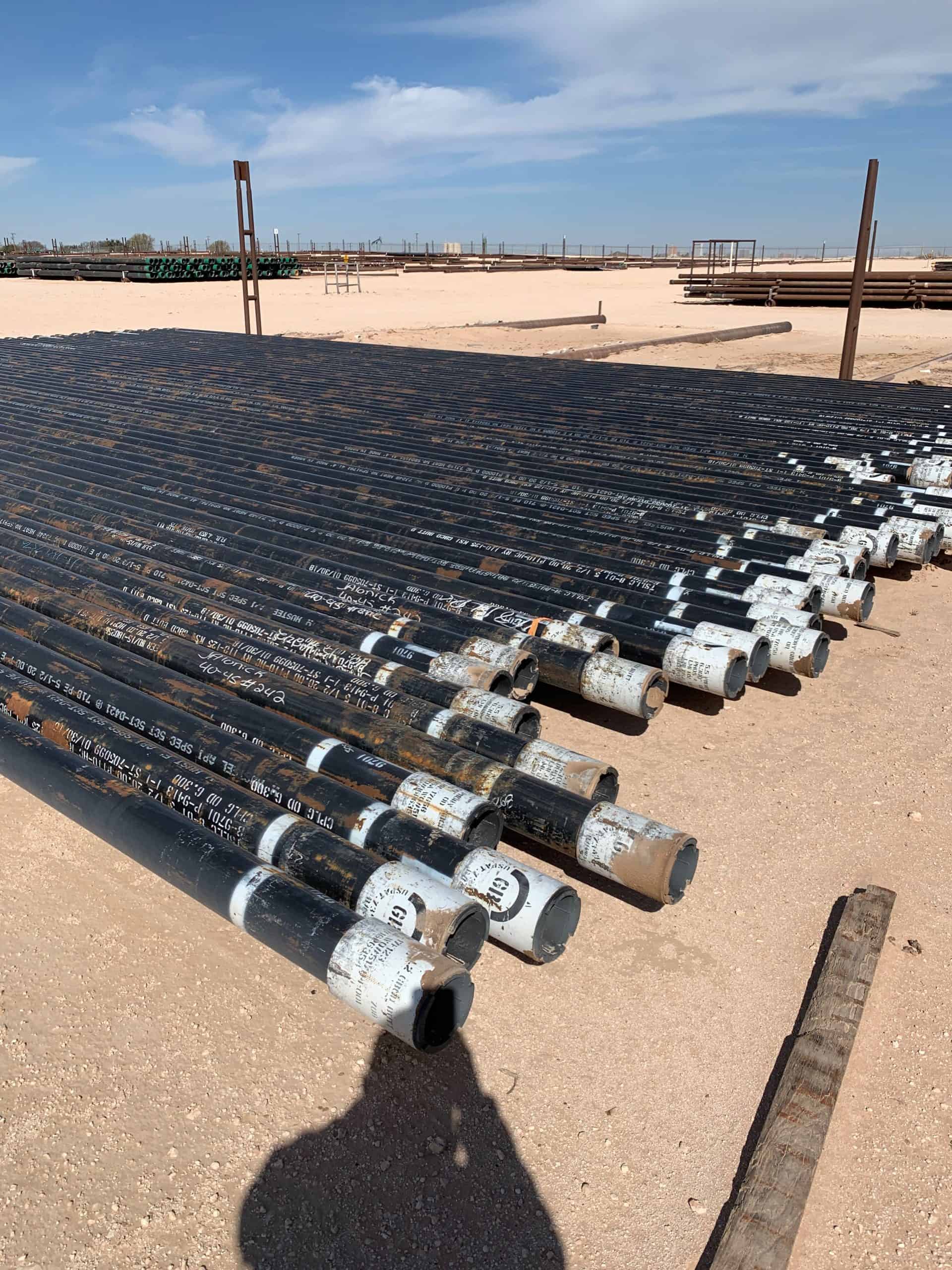
CASING
Casing, which can also be referred to as “encasement pipe”, is used as a protective layer, which surrounds the steel tubing. The steel tubing can be used to move oil and other fluids or gasses. Protecting the tubing from natural and unnatural events, is vital to protecting the environment and your project’s assets. Casing pipe can protect gas lines, high-voltage electrical lines, water mains, communication lines, and more. In oil drilling, casing is used to support the wall, which ensures correct operation of the drilling process. 4 1/2 inches is the threshold for the smallest diameter of casing. Casing is manufactured to the most rigorous standards to be strong enough to:
- maintain borehole stability
- prevent contamination of water sands
- isolate water from producing formations
- control well pressures during all phases of drilling, production, and workover operations
API standards classify casing according to five properties:
- manner of manufacture
- steel grade
- type of joints
- length range
- wall thickness (unit weight)
Casing is essential in all underground drilling projects and must be included if running any sort of upstream or downstream services or utilities. Casing will maintain run capacity for your project, so selecting the correct size, grade, connectors, and more, are primary in engineering and monetary consideration.
TUBING
Tubing is the conduit, usually steel pipe, used to transport fluid, oils, and gas to surface facilities and systems for processing. Tubing has a smaller outer diameter than the inner diameter of casing, therefore tubing can fit inside casing. 4 1/2 inches is the threshold for maximum tubing size or minimum casing size. During the drilling process, tubing is used to reach maximum flow rate or critical velocity. Without tubing, the casing walls are too wide of a diameter, therefore production tubing is needed to transport fluids, oil, and gas at a cost-effective rate. Just the same as casing, tubing is manufactured with rigorous standards in order to be adequately strong enough to resist loads and deformations that may occur during production or workovers. Pipe strength is the known strength of pipe under different load conditions. Mechanical properties of the pipe strength of tubing (and casing) include:
- burst strength
- collapse strength
- tensile strength
Tubing, along with other industry advancements such as horizontal drilling, have allowed the drilling process to adapt to a more targeted operation, saving time and money, and protecting the environment and your company’s assets
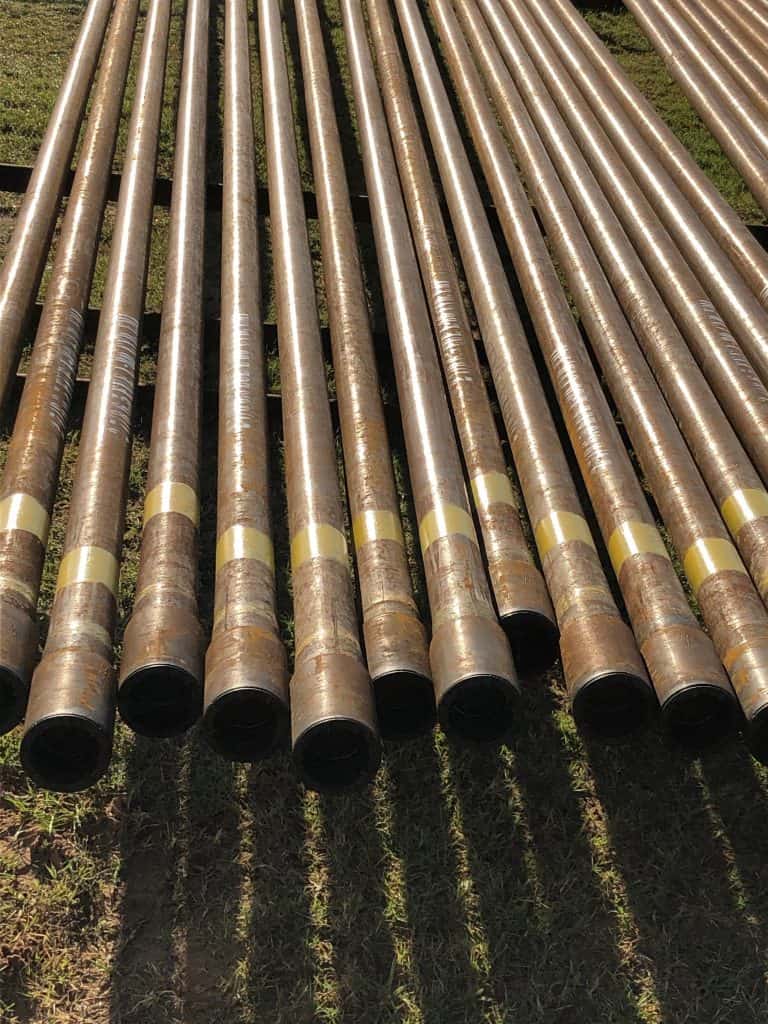
What is the difference between casing and tubing?
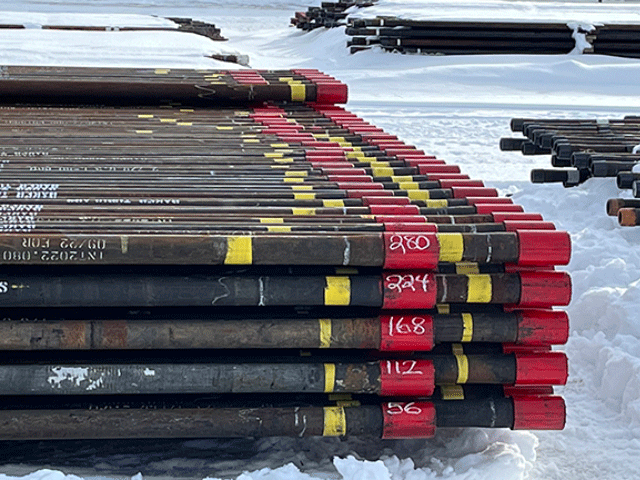
Casing and tubing are essential components in oil well operations, serving different purposes throughout the well’s lifecycle. Here is a comparison to clarify their differences:
Casing:
- Purpose: Provides structural integrity to the oil well, prevents contamination of both the oil stream and groundwater, and supports the well structure.
- Installation: Occurs in stages during the drilling process. Casing is installed in sections with decreasing diameters, known as casing strings, which include various types like conductor, surface, intermediate, and production casing.
- Function: Ensures the wellbore’s stability, isolates water and oil layers for efficient extraction, and supports operational activities such as fracturing and maintenance.
Tubing:
- Purpose: Transports oil or gas from the well to the surface during the production phase.
- Installation: Inserted into the casing after the well has been drilled and is ready for production.
- Function: Facilitates the controlled extraction of oil or gas, ensuring operational efficiency and safety. Typically ranges in diameter from 2 3/8″ to 5 1/2″.
Key Differences:
- Casing is installed during the drilling phase to protect and stabilize the wellbore. Tubing is installed for production, to transport oil or gas to the surface.
- Casing provides structural integrity and isolation. Tubing is primarily used for the movement of oil or gas.
- The installation timing and functionality of casing and tubing distinguish their roles in well operations.
Searching for casing and tubing?
Industry standards for Casing & Tubing
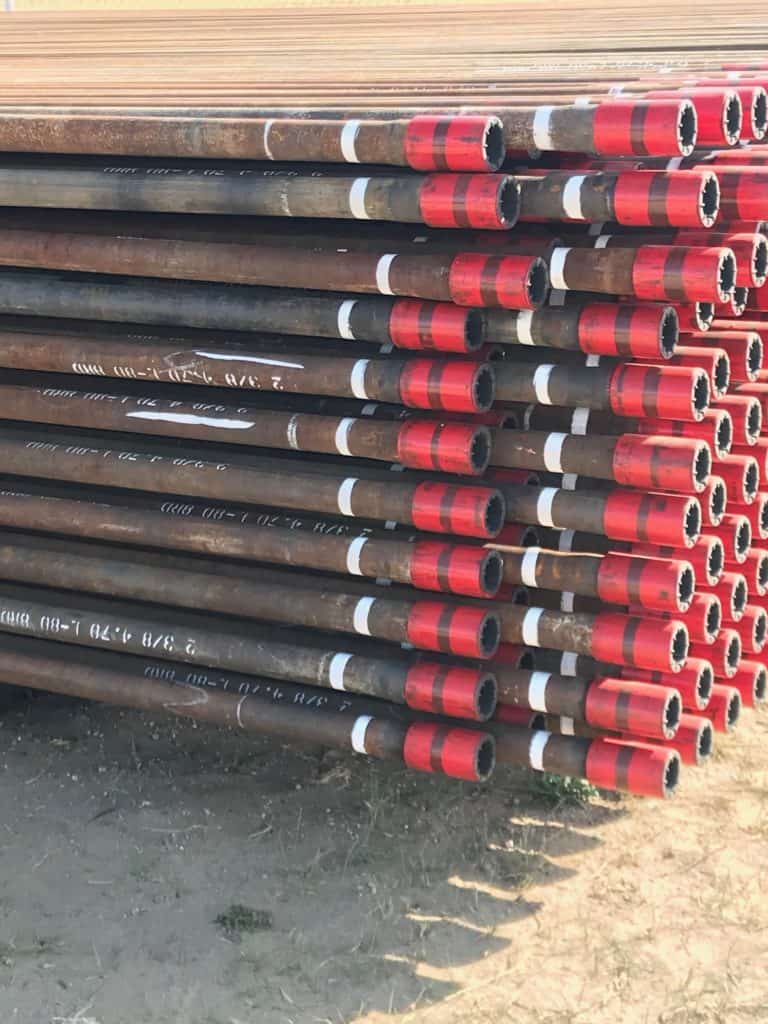
Are you looking for casing & tubing?
If you are looking for the casing and tubing, you can contact us at Baker Tubulars. We provide OCTG solutions for oil and gas, agriculture, construction, and more, in the United States and Canada.
Baker Tubulars has built strong partnerships with all of our clients, vendors, and mills. This helps us to offer the best possible pricing for your casing and tubing. Our supply chain is strategically located throughout the United States and Canada and we can deliver to you, exactly what you are looking for, in a cost-efficient and expedited manner.
View Our Casing and Tubing Specifications
Click the button to view a list of our casing and tubing products and specifications. Our casing and tubing chart includes sizes, weights, wall thickness, and drift diameter.
Our Products
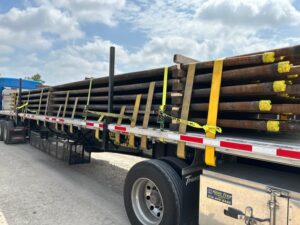
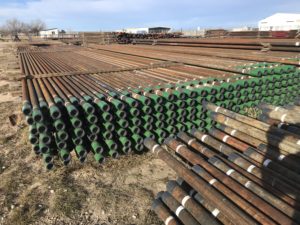
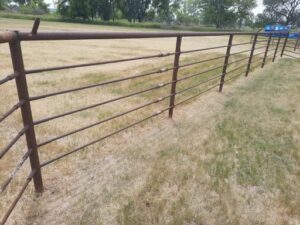
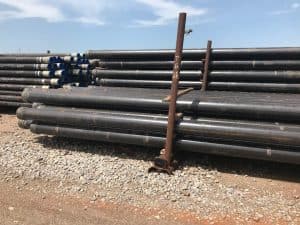
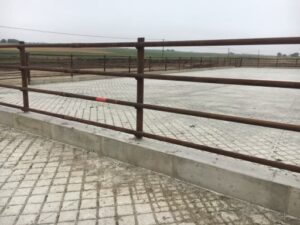
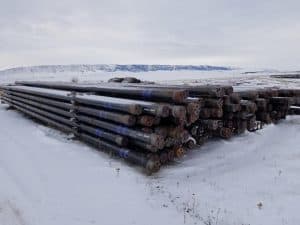
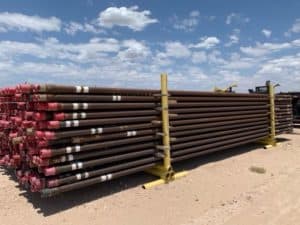
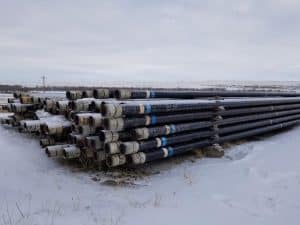
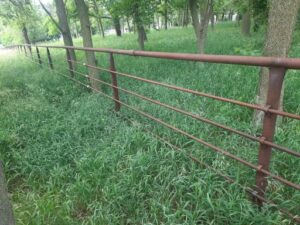
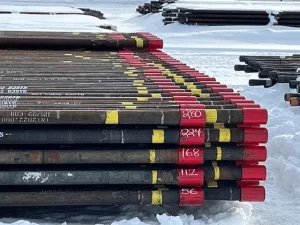
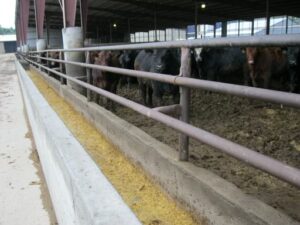
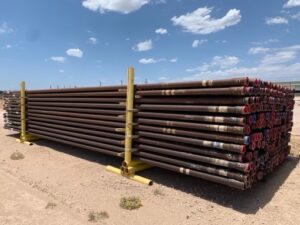
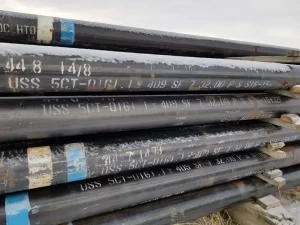
- • 1″ – 2-1/16″ macaroni sizes in EUE 10rd, IJ 10rd, CS Hydril
- • 2 3/8″ – 4-1/2″ in EUE 8rd, semi-premium and premium, flush joint
- • Grades: J55, N80, L80, P110, 13Chr85, 13Chr110, 22-42Chr
- • 4 1/2” – 9-5/8” STC, LTC, BTC, semi-premium, premium, flush joint
- • 10-3/4” – 20” STC, LTC, BTC, semi-premium, premium
- • Grades: H40, J55, L80, HC-L80, HC-P110, HC-Q125, 13Chr85, 22-42Chr
- • 2” – 60” in SRL, DRL, TRL lengths
- • All standard API 5L grades
- • End finishes: PEB, threaded, Victaulic grooved
- • External coatings: fusion bond epoxy, ARO
- • HDPE - High Density Polyethylene
- • Pressure Ratings - All SDR Grades
- • Diameter ranges from 1 inch to 12 inches
- • 1-1/2” – 6-5/8” with API tool joints
- • API grades E75, X95, G105 & S135
- • New API, used premium double white band inspected, used yellow band inspected
- • API, High Torque, and DS connections available
- • Epoxy & nylon internal plastic coatings for tubing & casing
- • Fiberglass lined tubing & casing: 2-3/8” – 4-1/2”
- • External corrosion resistant fabric and epoxy thick coating-wrap for tubing and casing
- • Fiberglass line pipe: 2-3/8” – 6”
- • Fiberglass tubing: 2-3/8” – 4-1/2”
We offer a wide range of sizes, weights, grades, and connections (API, semi-premium, premium, semi-flush, and flush) of ERW and seamless pipe.
If you are are searching for casing, tubing, drill pipe, line pipe, poly pipe, macaroni tubing, or structural pipe to build your fences, cattle guards, horse arenas, livestock feeds or more, contact us for a quote!
GET A CASING AND TUBING QUOTE
Baker Tubulars can supply you casing and tubing anywhere in the United States and Canada!
